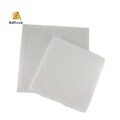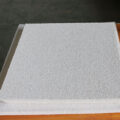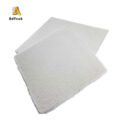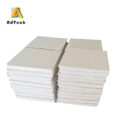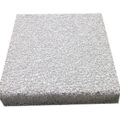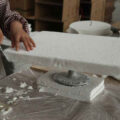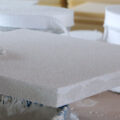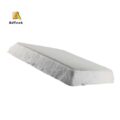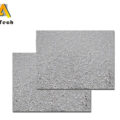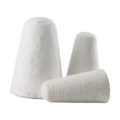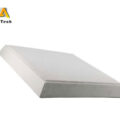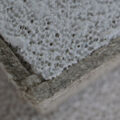After the melt is purified by the on-line degassing device, there are still some inclusions in the molten aluminum that cannot be eliminated, and one step of effective filtering measures must be taken to remove the tiny inclusions in the molten aluminum. Ceramic foam is a new type of ceramic filter material developed in recent years. Ceramic filter material is a ceramic slurry composed of alumina and chromium oxide, which is molded by polyurethane foam, and then dried and sintered. The porosity is as high as 80% to 90%.
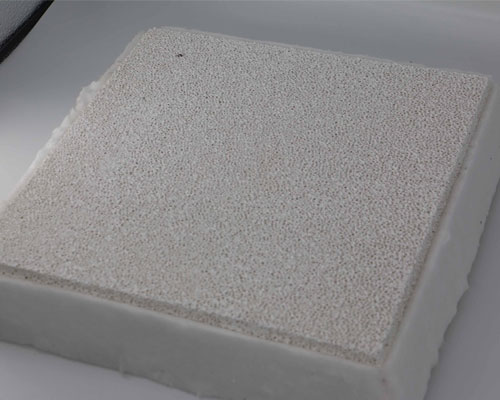
At present, the company uses an efficient and economical two-stage ceramic foam filter filtration method for the final melt filtration. The following main control measures are summarized in actual production applications:
According to the requirements of different alloys and final products, select the filter with the appropriate number of pores.
When installing the filter, it should be tight and seamless, and keep the surface of the filter clean to prevent clogging of pores, and install the air duct.
Observe the liquid level difference on both sides of the filter box during use. When the liquid level difference is greater than 20mm, the filter must be switched. The filtering effect of a pair of filters decreases as the throughput increases. Therefore, when the throughput exceeds 100t, it must be switched online.
Clean the CFF filter box regularly and apply anti-stick aluminum paint to keep the filter box clean and prevent secondary pollution. Before switching the filter, the filter box should be preheated effectively and thoroughly, and the preheating temperature should be controlled to prevent the filter from overheating and melting. Electric heating should be used to make the box temperature uniform.
During use, the filter box is not allowed to be vibrated by external forces to prevent the intercepted impurities from leaving the filter during the vibration and entering the molten aluminum to pollute the melt.

